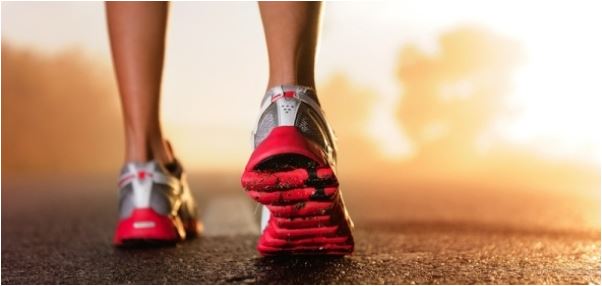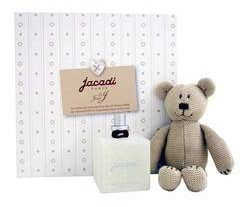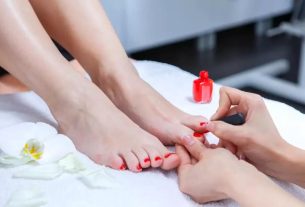Exercise is fundamental for anyone who wants to have a healthy life and a more beautiful body, but we often end up demanding too much and damaging our hands or feet, and only those who play sports know what it’s like to have blisters or calluses in these areas, a real torture, always synonymous with discomfort and pain, however, what many people don’t know is that, with some simple actions you can avoid or, ultimately, treat these problems.
See too: Skin Care: 5 Ways to Keep Your Hands Young
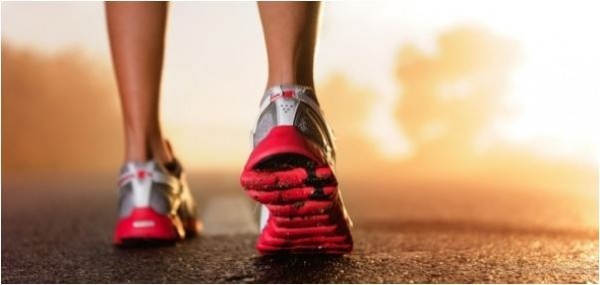
Bubbles
Very common for those who exercise, they are generally caused by the foot rubbing against a sock or sneaker, the duration of the exercises or even intense and repetitive friction between the skin and a hard, rough surface, which is why it is very common among cyclists and those who do bodybuilding. These inflammations appear in the form of water bag. However, not only physical agents can be responsible for causing bubblesthey can also appear as a result of fungi that appear and develop in moist places on the body, especially between the toes.
See too: 5 Tips for having princess feet
To prevent blisters
- Choose socks with sports materials, which help to drain the heat and sweat caused by exercise, the best are seamless ones, opt for models made of sports-specific fabrics, such as those that mix polyamide fibers, which favor the evaporation of sweat, cotton, more comfortable and elastane, which facilitates movement;
- Try to tie the laces well so that the foot does not become loose and therefore suffer from friction;
- To avoid blisters on your hands, when working out, don’t forget to wear specific gloves for this purpose.
See too: 4 common mistakes when working out
How to treat blisters
- Avoid poking and stirring;
- No matter how uncomfortable it may be, never burst blisters;
- Be patient, wait for the blister to fade and then protect it so you can continue exercising and it doesn’t get worse or uncomfortable;
- The tip is to use a specific protector to reduce pain;
- In case of infection, that is, if the blister is hot, very red or has yellow discharge (pus), see a doctor.
See too: Know what to eat before and after working out
Calluses
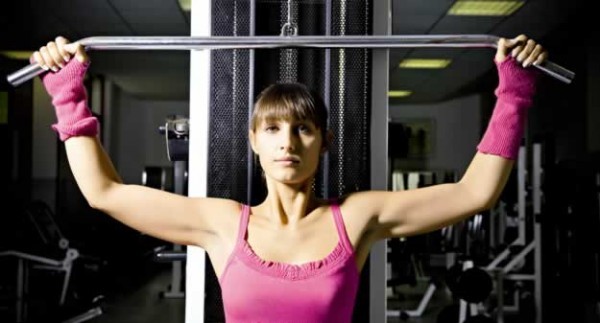
They are our body’s defense against constant aggression caused by some friction, such as that from tennis shoes, gym equipment, bike handlebars on the skin that is over a bony protrusion. To combat this aggression, the body reacts by making this skin thicker. However, the damage caused by the callus is more aesthetic, as you will only be prevented from training if the area hurts.
See too: How to care for dry knees and elbows
To prevent calluses
- Don’t forget to wear appropriate gloves when working out or cycling, especially when lifting weights;
- Wear socks with sports fabrics, which are airy and do not retain sweat, keeping your feet warm.
- One tip is to apply Vaseline to the area beforehand, to reduce friction.
See too: Gym: Good manners
How to treat calluses:
- Never cut the callus with pliers or scissors, to avoid infections or any other complications;
- Use moisturizers to recover your skin and soothe bruises.
- If the callus is painful or inflamed, see a dermatologist to avoid complications.

Sign up for our newsletter and stay up to date with exclusive news
that can transform your routine!
Warning: Undefined array key "title" in /home/storelat/public_html/wp-content/plugins/link-whisper-premium/templates/frontend/related-posts.php on line 12
Warning: Undefined array key "title_tag" in /home/storelat/public_html/wp-content/plugins/link-whisper-premium/templates/frontend/related-posts.php on line 13

